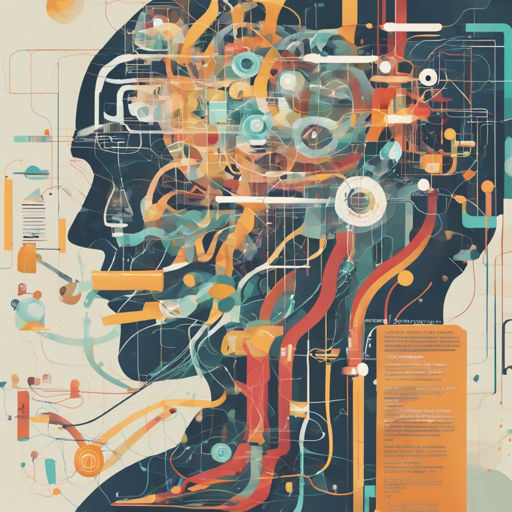Welcome to the world of MultiBERTs! This guide will walk you through the essential steps to leverage the MultiBERTs model for tasks such as masked language modeling and next sentence prediction. Whether you’re a novice or an experienced practitioner, this user-friendly guide aims to simplify the process.
What is MultiBERTs?
MultiBERTs is a powerful transformer model, specifically pretrained on extensive English datasets like BookCorpus and Wikipedia. This model utilizes a masked language modeling (MLM) objective to learn how to understand and predict the structure of English text. With its ability to learn bidirectional representations, MultiBERTs stands out from traditional models.
Model Objectives
- Masked Language Modeling (MLM): This task involves masking 15% of the words in a sentence and having the model predict them. Think of it as a fill-in-the-blank exercise!
- Next Sentence Prediction (NSP): The model assesses pairs of sentences to determine if they follow consecutively in the original text, enabling it to infer contextual relationships.
Using MultiBERTs in Your Project
Requirements
You need Python installed with the transformers library. If you don’t have it, you can install it using pip:
pip install transformersGet Started
Follow these steps to use the MultiBERTs model:
from transformers import BertTokenizer, BertModel
# Load the tokenizer and model
tokenizer = BertTokenizer.from_pretrained('multiberts-seed-20')
model = BertModel.from_pretrained('multiberts-seed-20')
# Input text for analysis
text = "Replace me by any text you'd like."
encoded_input = tokenizer(text, return_tensors='pt')
output = model(**encoded_input)
Understanding the Code with an Analogy
Imagine you’re a chef preparing a dish. Here’s how each part of the code fits into this culinary analogy:
- Ingredients (Tokenizer and Model): Just like a chef needs different kinds of ingredients, the tokenizer and model are essential components that prepare and analyze your text.
- Recipe (Input text): The text you provide acts as the recipe, telling the model what data to process.
- Cooking (Encoding and output): The process of encoding the text and running the model is like cooking, where the final output is your finished dish—ready to be tasted and analyzed!
Limitations and Bias
While MultiBERTs is trained on a diverse dataset, it may still produce biased predictions. Understanding these biases is crucial. It is advisable to test this model and read the associated documentation for any limitations.
Troubleshooting
If you encounter any issues while using the MultiBERTs model, consider the following troubleshooting tips:
- Double-check that all libraries are installed and up-to-date.
- Ensure that your input text is formatted correctly; even minor changes can affect the output.
- Consult the model hub for fine-tuned versions or additional documentation for your tasks.
For more insights, updates, or to collaborate on AI development projects, stay connected with fxis.ai.
Conclusion
At fxis.ai, we believe that such advancements are crucial for the future of AI, as they enable more comprehensive and effective solutions. Our team is continually exploring new methodologies to push the envelope in artificial intelligence, ensuring that our clients benefit from the latest technological innovations. Happy coding and best of luck with your MultiBERTs journey!

